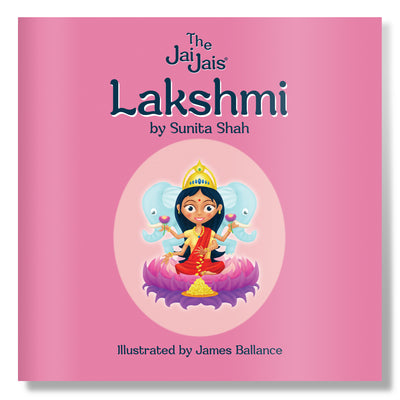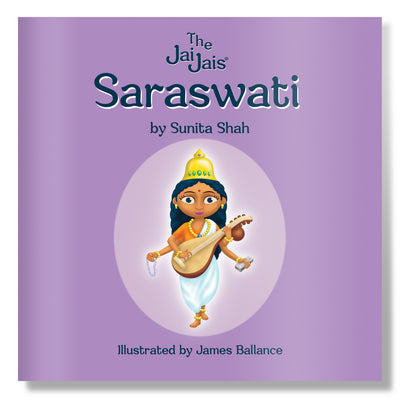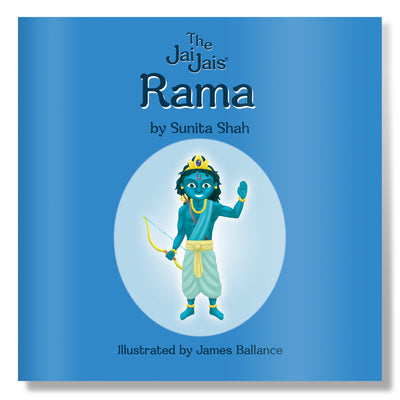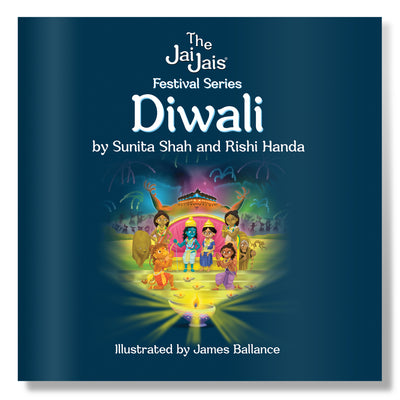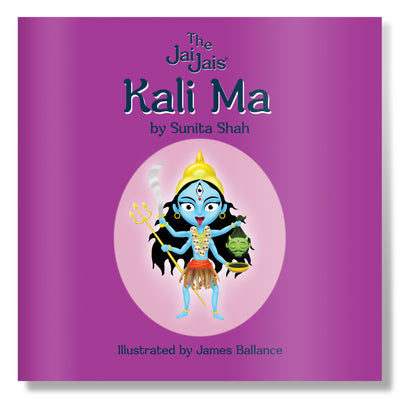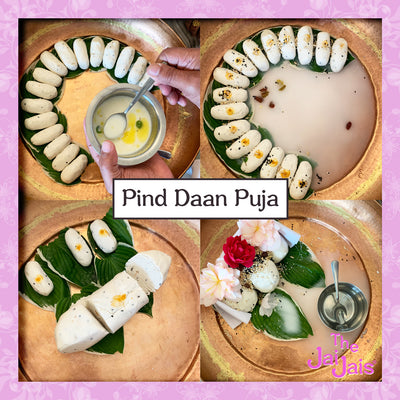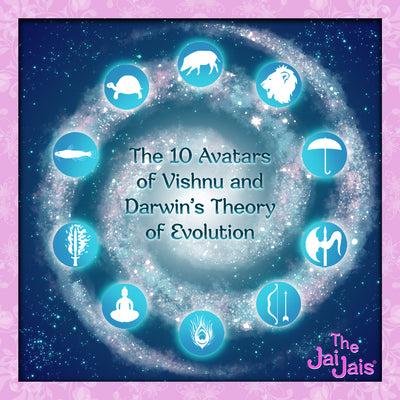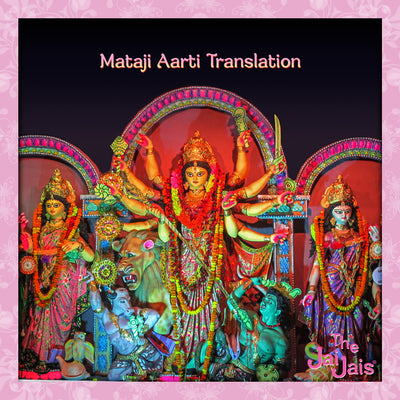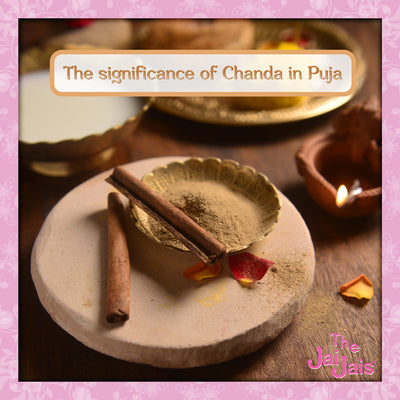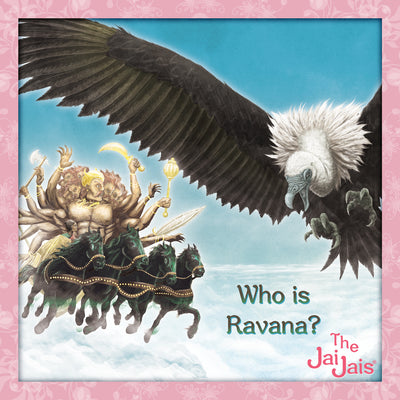Hinduism, the world’s third largest religion, is often considered a polytheistic faith, as the religion does not advocate the worship of one particular deity. However, the Hindu belief system includes a complex structure of deities that is not easily categorised.
Hinduism includes an abundance of deities, each one representing a certain aspect of the Supreme Absolute, which is known as Brahma, because they are all manifestations of the same divine spirit. There are deities represented in the family, the community, and the region of the country. There are deities recognised in the plants, the stars, the rivers, the mountains and the planets. We worship the divine in the form that each individual belief system supports, which are suitable and inspiring to the individual. Hindu Dharma recognises the divine is infinite. That embraces all creation, all of the worlds and something beyond. We honour the divine which is intimate to ourselves.
Hindu gods and goddesses, when they descend to Earth, take the form of avatars ("incarnations" or "manifestations"). Avatars are most often mentioned in connection with Vishnu, who, according to the Bhagvand Gita, took on different forms to perform certain tasks on earth.
It is said that Hinduism has 33 million gods and goddesses ….This misconception originates from the mention of “33 koti” devi-devta in the Vedas. “Koti” here does not mean “crore”, it means type. So what it really means is that there are 33 types of gods and goddesses, or deities for various purposes. Ancient Hindus were nature loving. They knew that to survive, it was very important to nurture the environment, the elements, and everything around you that gives you life. So, everything in the world that gave life, needed to be respected. The reason why Hindus have so many gods is because in the old days people believed that God manifests in everything that nurtures life, and even that destroys life.
The main supreme God among the Hindu religion is referred to as the Braham or para Braham or Paramatma. The supreme God is believed to have two main manifestations, and these are; Trinity which includes Braham, Vishnu, and Shiva, and Avatars of the trinity.
In Hindu religion there are four main denominations, the four denominations all have different roles, they include;
Vaishnavism
Followers of Vaishnavism worship Lord Vishnu and his ten incarnations. Among the ten incarnations, Krishna and Rama are the most worshipped by the Hindu people. The Lord Vishnu is considered the supreme Brahama.
Shaivism
Followers of Shaivism are referred to as the Shaivas or Shaivites. Shaivas are those who worship Lord Shiva primarily as the supreme God.
Shaktism
Followers of Shaktism are referred to as Shaktas, Shaktas are believed to worship goddess as Mother Shakti. Mother Shakti is believed to have two roles and these are; Acts as the supreme God. Acts as the Prakriti, meaning the illusive energy (Maya) of Braham, which is considered to be part of the Braham itself. In Shaktism, the goddess is presented as both the Braham and also the Prakriti.
Smartism
Followers of Smartism are referred to as Smartas, Smartas treat all deities equally. Their temple includes all the five deities, commonly referred to as the Pancopasana or Panchadevata.
Smartism is nonsectarian as it encourages the worship of any personal god all with other gods such as Ganesha, Shiva, Devi, Vishnu, and Surya.
(Ref: Hindus info)

